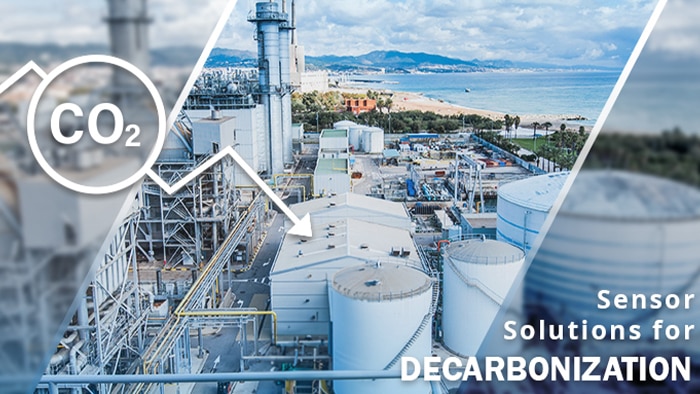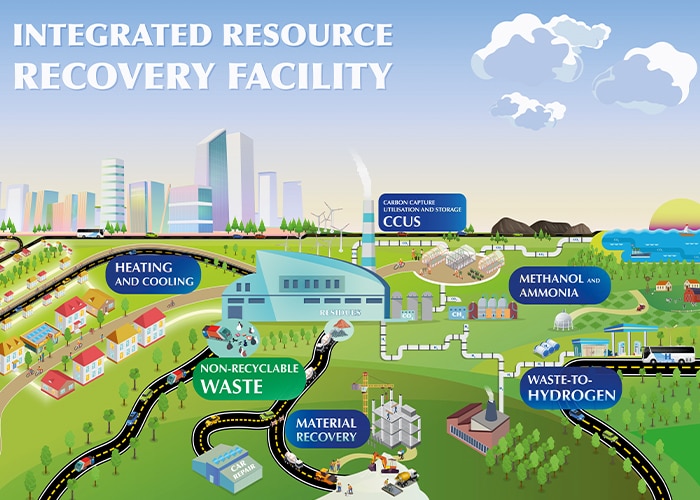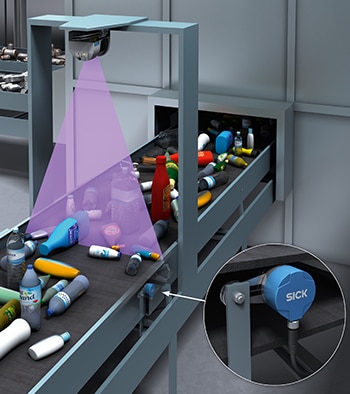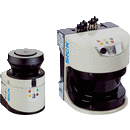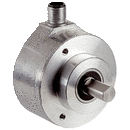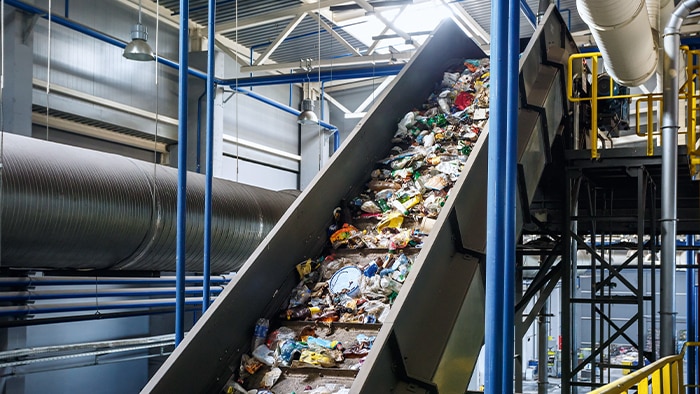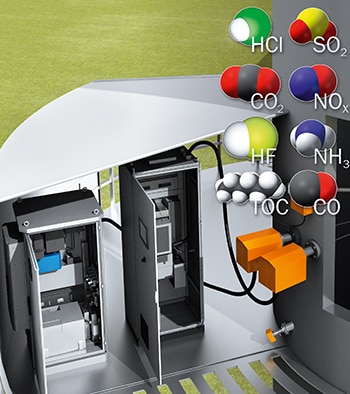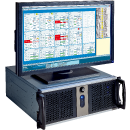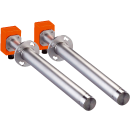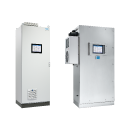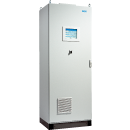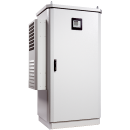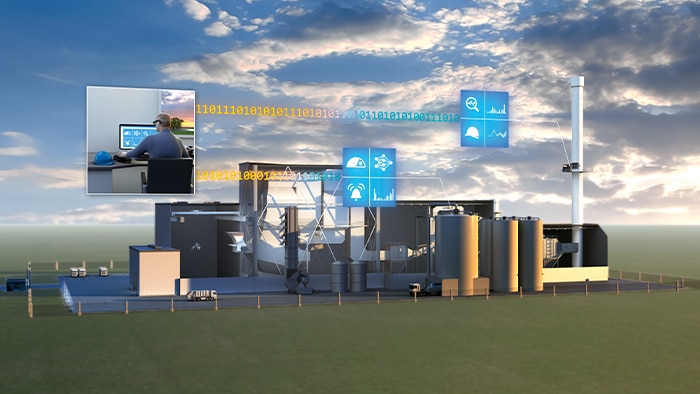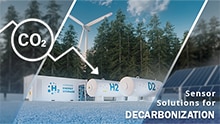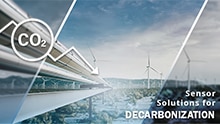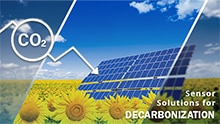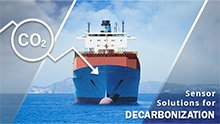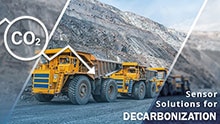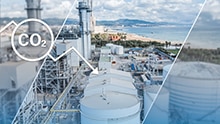The condition data of the analyzers is visualized and interpreted in real time with the help of Condition Monitoring. Any significant changes in the analyzers are displayed and, if required, visualized concisely and clearly in a browser-based dashboard. Solutions and recommended actions are displayed in direct form. The Monitoring Box enables operators of waste incineration plants to implement digitally-supported predictive maintenance. This increases the machine and plant availability and reduces the costs for unplanned service deployments.
CCUS in the waste management industry
Initial pilot plants for carbon capture already exist. Around 50% of the waste from thermal treatment plants are biogenic materials. Through the capture and treatment of CO2 from fossil and biogenic waste, these plants can achieve a negative CO2 footprint. Gas analyzers, dust concentration measurement systems, and flow metering systems from SICK are used in carbon capture utilization and storage
Biogenic CO2 measurement: the main reasons
Emission Trading Systems (ETS) like EU ETS, UK Environment Agency’s Pollution Inventory Guidance, German BEHG and China Certified Emission Reduction (CCER) are in operation. All laws differ between fossil and renewable carbon.
Thermal waste treatment facilities with Carbon Capture units will provide a major contribution of negative CO2 emissions due to the biogenic portion of the heterogeneous feedstock. Net zero GHG emissions are only achievable with significant negative CO2 emissions balancing the remaining GHG (e.g. from agriculture). Knowing the negative CO2 emissions with best possible accuracy is desired. For further utilization of captured CO2 the green portion is important for ecological, bio-based evaluation. Furthermore, the renewable share of the recovered energy by Waste-to-Energy plants is of high public interest.
In some European cities the management of waste per capita is based on the fossil portion. Also for this purpose the determination of the fossil and biogenic CO2 fractions is required.
For these reasons SICK started the cooperation with Genius5-Instruments GmbH for worldwide sales and service of the PmCTrace biogenic CO2 measurement system, a future part of CEMS in waste incineration plants.
Source
1https://eswet.eu/recovering-the-non-recyclable-the-integrated-resource-recovery-facility/
